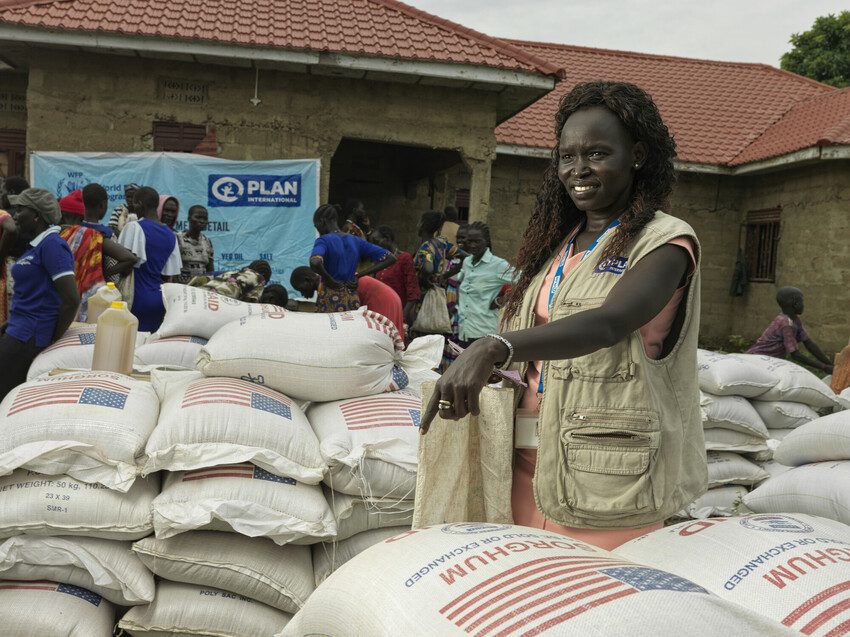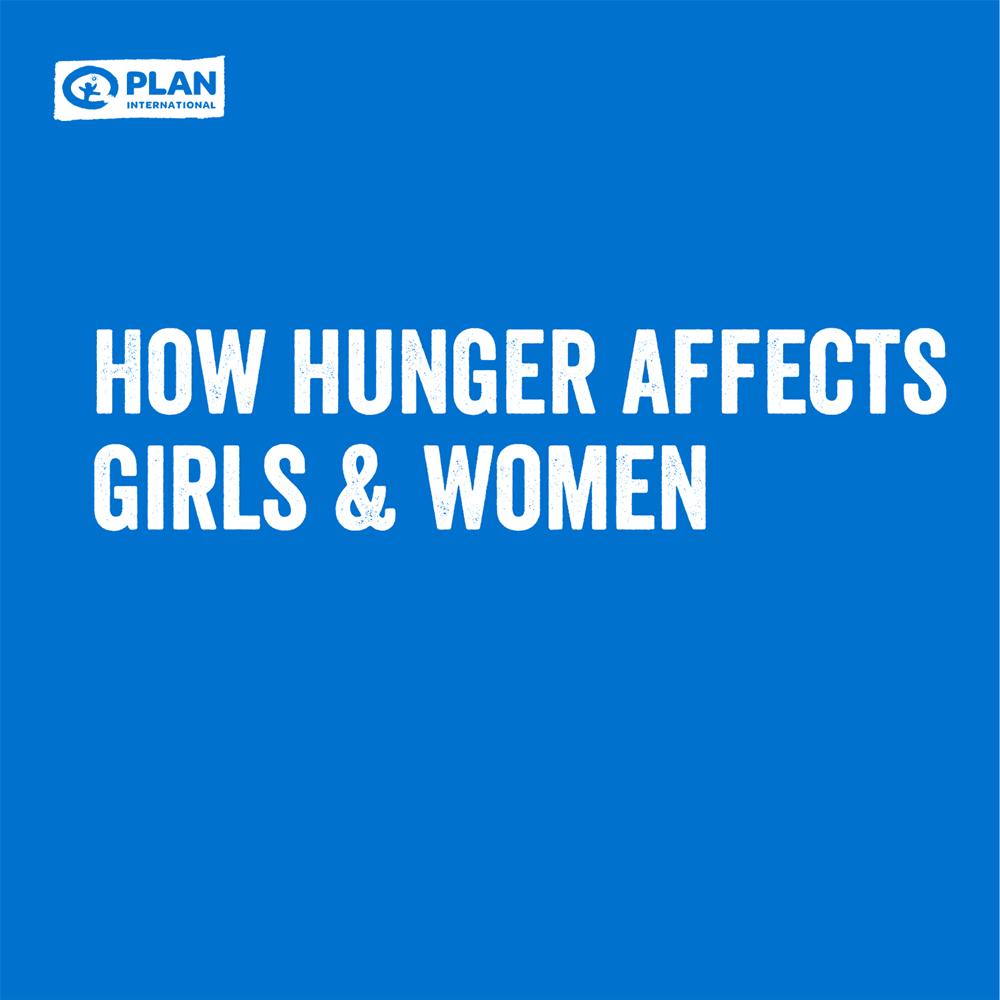School gardening clubs in Burkina Faso
Children at school gardening clubs in Burkina Faso are fed, safe, educated – and happily green-fingered – amid conflict and a devastating hunger crisis.
The world is in the grip of the most devastating hunger crisis ever, with unprecedented levels of acute hunger being experienced worldwide.

Today, millions of children are facing the worst hunger crisis that the world has ever seen.
At least 345 million people across 79 countries are facing acute food insecurity, with 50 million people on the brink of starvation.
Over 35 million children under the age of 5 are suffering from wasting, which is the most visible and life-threatening form of malnutrition.
Unless action is taken now, more lives will be lost and the devastating effects on the lives of children, especially girls, today will be felt for decades to come.
A devastating combination of factors including weather extremes, armed conflict and economic shocks such as soaring prices are together creating a food crisis of unprecedented proportions globally.
The exact causes vary from country to country, but endemic hunger and poverty are often the common factor, endangering the lives of millions of people.

While hunger affects everyone, children and women continue to bear the brunt of this crisis. Despite this, they remain at risk of being neglected by the wider international community.
Girls are often the first to be taken out of school, and the last to eat when food runs low.
Not only do girls and women eat last and least, and consume the least nutritious food, they also face heightened risks of gender-based violence in their homes and when they venture outside, whether this is to secure food and water or to attend school.
In the world’s worst hunger hotspots, there is evidence that the number of girls and young women who are being subjected to early and forced child marriage, gender-based violence, rape and sexual harassment is increasing. Often, they encounter these risks while embarking on long journeys to find water or food.
Acute hunger is forcing many children to drop out of school, and when they do attend, it makes it harder for them to concentrate on their lessons. As the hunger crisis worsens, we are concerned about the impact on school attendance and enrolments, and we know that girls are often the first to be taken out of school.
At the same time, it is becoming harder for girls and women to access sexual and reproductive health services.
When food is scarce, households often put off buying sexual and reproductive supplies such as contraceptives or menstrual health products, meaning girls’ menstrual health needs are also increasingly neglected.
Acute hunger is forcing many children to drop out of school, and when they do attend, it makes it harder for them to concentrate on their lessons. As the hunger crisis worsens, we are concerned about the impact on school attendance and enrolments, and we know that girls are often the first to be taken out of school.
Women and child-headed households and girls and women with disabilities face disproportionately higher barriers to accessing food, particularly in communities where families have been forced to flee their homes.
Food crises can have devastating consequences for girls’ education. Already less likely to attend school than boys, when families are hungry, girls are increasingly called upon to care for younger siblings so parents can work or seek food.
All too often, they are forced to miss or drop out of school, damaging their future prospects and placing them at greater risk of gender-based violence and harmful practices such as early marriage or female genital mutilation/cutting.
Unless action is taken now, more lives will be lost and the devastating effects on the lives of children, especially girls, will be felt for decades to come.
We urgently need more funding to save lives. Our target is substantially underfunded in a context where needs are going up.
Plan International calls on all donors, governments, and key stakeholders to act urgently to save lives by:
Urgently pledging and disbursing new additional funds towards the USD $23 billion needed (according to the latest figures from the WFP) to meet the most urgent humanitarian needs in the world’s worst hunger hotspots and pull 50 million people from the brink of famine.
Prioritising gender and age sensitive responses to address the gendered impacts of hunger, including funding specific programmes that address child protection, gender-based violence, girls’ access to education and sexual and reproductive health services, child, early or forced marriage and sexual abuse and exploitation in food insecure contexts.
Advancing humanitarian diplomacy efforts to facilitate humanitarian access and enhance prospects of peace in conflict-affected hunger hotspots, with conflict being the main driver of hunger.
Plan International is working in some of the world’s hungriest places to support communities which have been devastated by this crisis, especially girls.
We are prioritising eight countries where we are particularly worried about the consequences of hunger – Kenya, Somalia, Ethiopia, South Sudan, Burkina Faso, Mali, Niger and Haiti.
With support from donors, Plan International has been able to make a difference in some of the worst hunger hotspots in the world. Examples include:
In Burkina Faso, green-fingered girls are getting an education while learning useful crop-growing skills.